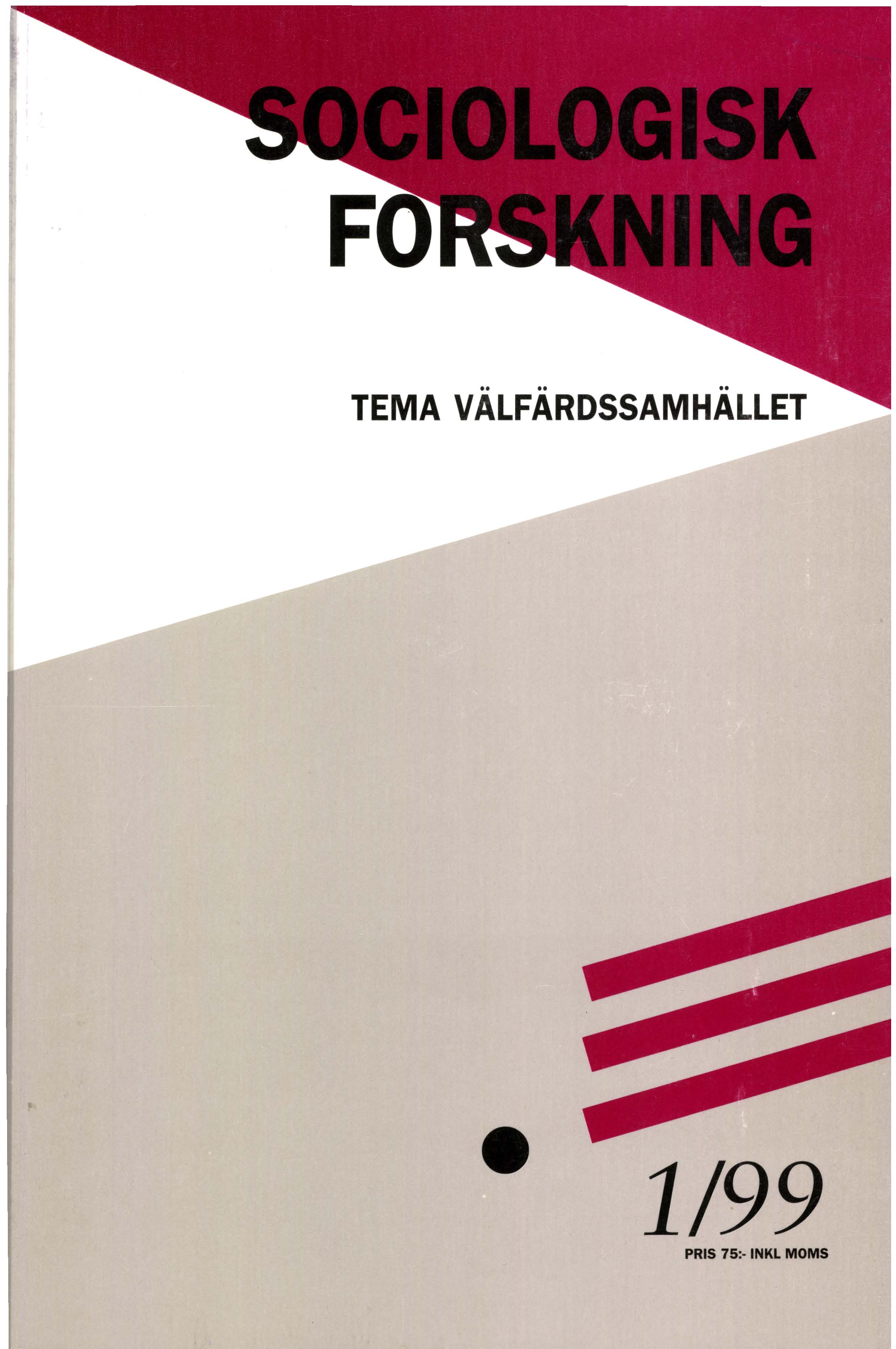Klassidentitet vid seklets slut
DOI:
https://doi.org/10.37062/sf.36.18480Abstract
Class identity at the end of the century
There has been a long term decline in working class identity in Sweden since the fifties, but now, in the late nineties, there has been a strong shift upwards. This can be seen in two Swedish survey data sets from 1993 and 1997. Data also show a widening gap between classes regarding class identity and other class related beliefs and opinions. These findings can be interpreted as an increasing class polarization concerning ideological orientations. Former strong associations between class and such orientations have become even stronger. Class voting has weakened in absolute terms (i.e. using the Alford index) when comparing the working and middle classes. However, if you control for class identity there is a remarkably strong class voting tendency when using odds ratios as a measure of relative class voting. Class voting is also highly dependent on class origin. Workers with working class origin and working class identity have a very pronounced tendency to support socialist parties compared to their middle class opposites. Such a comparison gives an unusually high score on the Alford index. The idea of ”the death of class” can find no support in these findings, on the contrary the class society seems to hold a real firm grasp of its citizens.
Downloads
Publicerad
Referera så här
Nummer
Sektion
Licens
Allt material i Sociologisk Forskning publiceras med omedelbar öppen tillgång (open access), under Creative Commons-licensen CC BY-NC-ND 4.0.
Allt innehåll i tidskriften är fritt tillgängligt utan kostnad och får för icke-kommersiella syften fritt läsas, laddas ned, kopieras, delas, skrivas ut och länkas. Innehållet får dock inte ändras. När innehållet används måste författare och källa anges. Upphovsrätten till innehållet tillhör respektive författare. Inga publiceringsavgifter tas ut.





